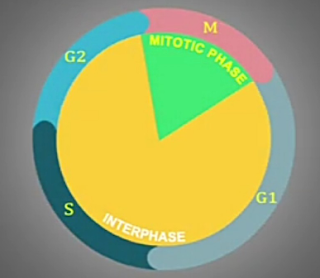CELL WALL
CELL WALL is the outer most layer of the cell. It can be tough, flexible or sometimes rigid. It acts as functional support and also as a filtering mechanism.
It is present in most prokaryotes (except Mollicute bacteria) in algae, fungi and eukaryotes including plants but absent in animals and gamets and zoospore (motile spore).
1) COMPOSITION
-matrix
-microfibrills
-deposition
2) LAYERS
-Middle lamella
-Primary Cell Wall
-Secondary Cell Wall
3) FUNCTION
4) LOCATION
So now let's start knowing about the composition
MATRIX:.
-It is a grounded jelly like substance. Its major component is H2O. It primarily consists of:
a) Hemicellulose: These are polysaccharides. It contains five carbon sugar xylose and arbinose, the six sugar mannose and galactose and six carbon deoxy sugar rhamnose.
Its major function is to provide strength to the plant cell wall.
b) Pectin: It is a structural acid heteropolysaccharid consisting of galactose, arbinose, galaeturonic acid (abundant).
LOC: 2-8% pectin is present in plant cell wall.
FUN: It is used as jelling agent, thickening agent and stabilizer in food, jam, etc.. Also used in medicine for constipation etc...
C) Lipid: Present in cell wall in about 0.5 to 3%.
d) protein: present in the matrix of the cell wall in about 1-2%.
MICROFIBRILS
STR: It is a very fine fibril or fiber like strand, consisting of glycoproteins and cellulose. It is made up of cellulose in plants and chitin in fungi.
LOC: It is the structural element of cell wall constuting of 20-40%.
FUN: These confer mechanical stability and limited elasticity to tissues.
Contributes to growth factor regulation.
Plays a role in tissue development and homeostasis.
DEPOSITION: There are few substances which contributes a lot in plant functioning. They are:
a) Lignin: It is located in sclerenchymatous cells and tracheids vessels like xylem and phloem as deposition.
It is not defined structurally and is a polysaccharide.
Its function is to provide mechanical support and water transport.
b) Suberin:
Str: It is hydrophobic and "rubbery" material. Crock is its major constituent. Its structure is called casparian strips.
Loc: It is primarily found in cell wall.
Fun: Its main function is, it acts as a barrier to movement of water and nutrients take up by root.
C) Cutin:
Str: It is a waxy polymer and is the main component of plant cuticle.
Fun: It prevents loss of water.
Loc: Present in epidermal cell (plant cuticle)
d) Silica:
Loc: It is found in grasses (angiosperm) and equistem (pteridophyte).
Fun: It provides protection and hardness.
Str: not defined.
a) Middle lamella:
Str: The cell plate formed during cell division(cytokinesis) develops into middle lamella.
Fun: It cements the cell wall of two adjoining plant cell.
Loc: Present between primary cell walls of two cell wall.
b) Primary Cell Wall:
Str: It is a thin, extensible and flexible layer of cell wall.
Loc: It is outer layer of the cell. Present just below middle lamella.
Fun: It acts as protective layer and covering.
It is capable of extension. The wall grows by intussusception or addition of materials inside.
C) Secondary Cell Wall
Str: It is constructed of layered sheaths of cellulose microfibrills.
Loc: It is located between primary cell wall and plasma membrane.
Fun: It provides additional support to cell and rigidity and strength to layer of plant.
It grows by accretion or deposition of materials on the existing structures. Extensibility is usually absent however.
FUNCTION OF CELL WALL:
- It acts as a protecting layer of the cell.
- Gives shape to the cell.
- They withstand turgor pressure.
LOCATION: It is the outer most layer of the cell and is covers the aerial part.
Thus this was my knowledge about cell wall that I shared. Do share yours views in the comment section below.





It's a very nice blog..The concepts of cell wall is explained in full detail and will help you to get a clear understanding of this topic.
ReplyDeleteThank you😊
DeleteWow... Awesome blog. Convival information
ReplyDelete